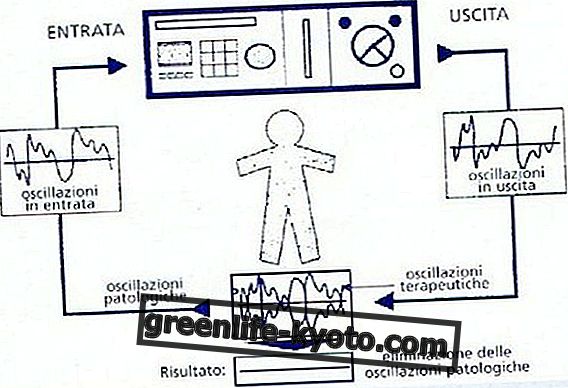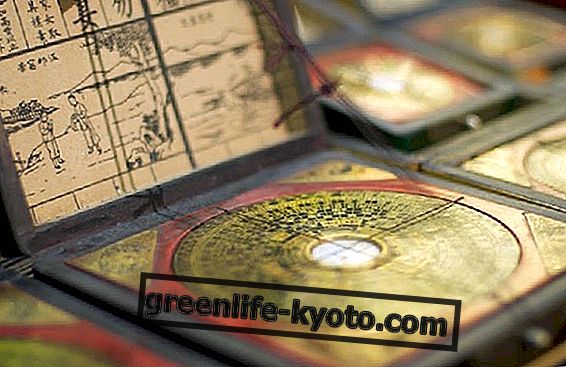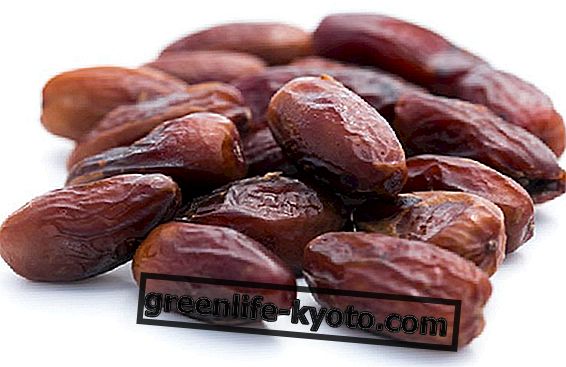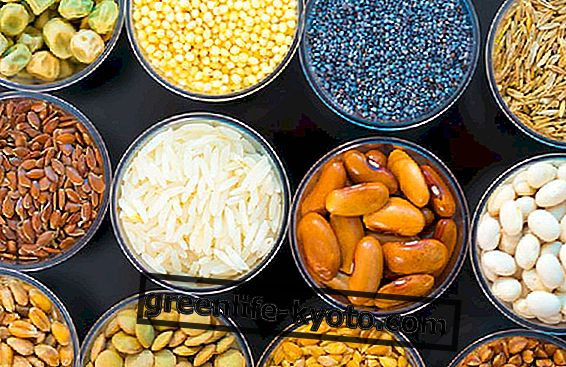
Autoimmune disease of the small intestine, celiac disease interferes with the absorption of nutrients present in food and is now constantly increasing: the data collected say it affects about 1 in 100 people .
It usually occurs in genetically predisposed subjects, and is recognized as a social disease by the Ministry of Health since 1962.
The AIC, the Italian Celiac Association, deals mainly with research and study of this disease, which in practice is nothing but an intolerance to gluten.
What is gluten ?
Gluten is a protein contained in many foods, mainly in wheat, barley, rye, kamut, spelled, but there are also traces of it in drugs, lactic ferments, cocoa butter, various supplements.
This protein compound contains Prolamine, a protein fraction of gluten responsible for the toxic effect on the intestine, which causes damage to the intestinal mucosa by atrophying the intestinal villi .
Celiac disease develops at any age, even if it is considered typical of the pediatric age; in children it generally develops after a few months from the introduction of foods containing gluten, but it could also occur towards the 3rd year of life. In adulthood the diagnosis is usually late and can occur acutely after traumatic or stressful events.
What are the symptoms?
The symptoms in the child may be: diarrhea, vomiting, recurrent abdominal pain, loss of appetite, weight loss accompanied by a growth deficiency, iron deficiency anemia that does not respond to the introduction of oral iron.
In the adult, however, we may have similar gastrointestinal symptoms, but also symptoms that come out of the gastrointestinal classification, such as arthritis, unjustified iron deficiency anemia, joint pain, fatigue, lack of menstruation, sterility, tingling of hands and feet, dermatitis herpetiformis. There are individuals who do not have any of the symptoms listed, but in the long term there could be malnutrition, osteoporosis, spontaneous abortions, anemia, liver problems.
What exams do you take?
If we find that we have any of these symptoms and want to be sure that we are not affected by gluten intolerance, we can talk to our doctor, exposing our doubts, who will prescribe us laboratory tests (follow-up) such as “antibodies against -gliadin IgA and IgG, (AGA), anti-endomysium IgA (EMA) and anti-transglutamine IgA (tTG) ".
Which foods are absolutely prohibited?
The absolutely forbidden foods are: wheat (wheat), spelled, rye, barley, bulgur, couscous, kamut, seitan, frik (Egyptian green wheat), Spelta.
Discover the properties and the recipe of gluten-free bread
What can we eat instead?
Today we find on the market, even in supermarkets, food products with gluten-free writing, but if we want to indulge ourselves we can use wholemeal flour, such as buckwheat, rice, amaranth, quinoa, millet, making sure that there is no addition of wheat flour. These cereals can also be used for tasty recipes and gluten-free salads.
For pharmacy supplements we can specify that we are gluten intolerant and the pharmacist can recommend safe products. Searching the internet we can find some great recipes and don't lose the habit of indulging ourselves in the kitchen. At the moment there are no therapies, the only feasible cure is the elimination of gluten from our table.












